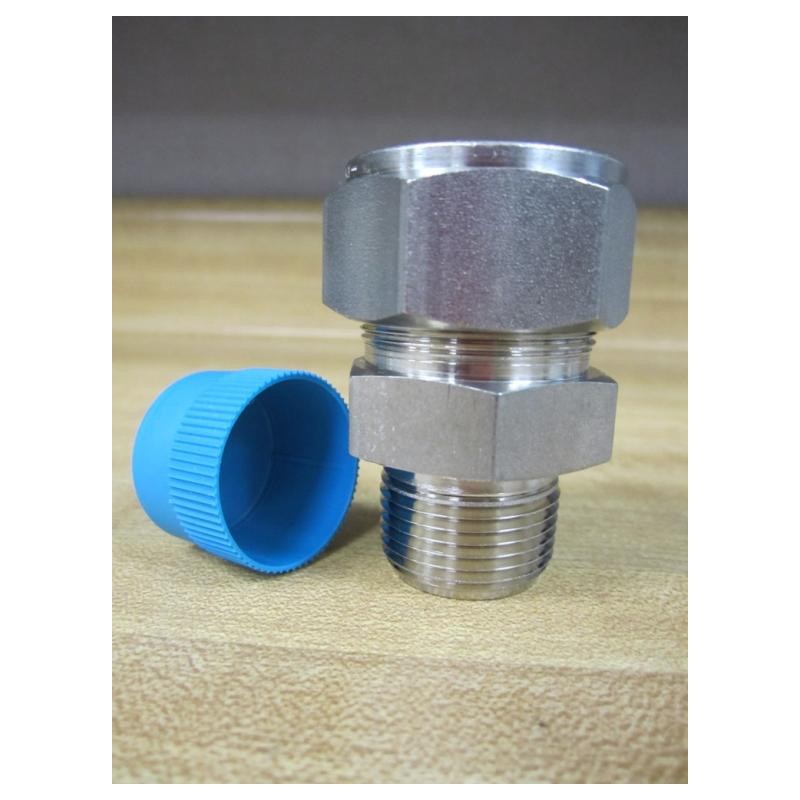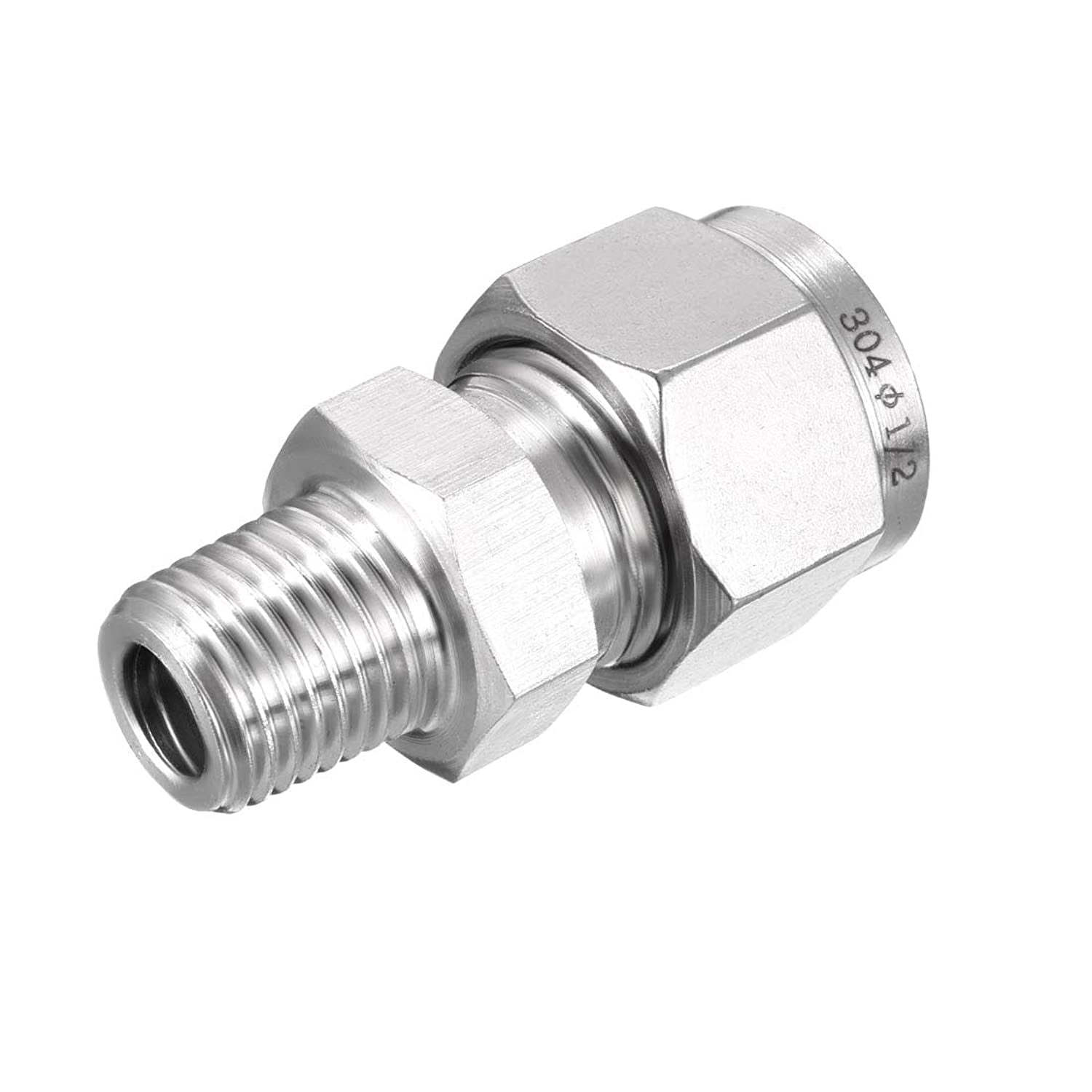

bell adapters which are like mechanical joint adapters but contain a stainless steel backup ring to maintain a positive seal against the mating flange : 347.mechanical joint (MJ) adapters for joining polyethylene pipe to another material : 349.expansion adapters which have a flexible section to absorb expansion or contraction from two dissimilar pipe materials.any fitting that connects pipes of different materials, including:.

In plumbing, an adapter is generally a fitting that interfaces two different parts. Specialized fittings for the latter setups are discussed in the next major subsection.Īdapter Two threaded adapters for connecting copper pipe (sweat) to a female thread This section discusses fittings primarily used in pressurized piping systems, though there is some overlap with fittings for low-pressure or non-pressurized systems. An example of this is a " 3⁄ 4-inch female adapter NPT", which would have a corresponding male connection of the same size and thread standard (in this case also NPT).Ĭommon piping and plumbing fittings Connectors are assigned a gender, abbreviated M or F. Piping or tubing is usually inserted into fittings to make connections. See also: Gender of connectors and fasteners Stress develops between an RTJ gasket and the flange groove when the gasket is bolted to a flange, leading to plastic deformation of the gasket. Spiral-wound gaskets are used with raised-face flanges, and ring-joint gaskets are used with ring-type joint (RTJ) flanges. Non-metallic gaskets are used with flat- or raised-face flanges.

Commonly used gaskets are non-metallic (ASME B 16.21), spiral-wound (ASME B 16.20) and ring-joint (ASME B 16.20). Gaskets vary by construction, materials and features. Gaskets are mechanical seals, usually ring-shaped, which seal flange joints.

Fire resistance, earthquake resistance, mechanical ruggedness, theft resistance, and other factors also influence the choice of pipe and fitting materials. Brass or bronze fittings are common in copper piping and plumbing systems.
STAINLESS STEEL TUBING FITTING CODE
Any material permitted by the plumbing, health, or building code (as applicable) may be used, but it must be compatible with the other materials in the system, the fluids being transported, and the temperature and pressure inside (and outside) the system. The bodies of fittings for pipe and tubing are often the same base material as the pipe or tubing connected: copper, steel, PVC, CPVC, or ABS. Non-metallic (includes acrylonitrile butadiene styrene (ABS), fibre-reinforced plastic (FRP), polyvinyl chloride (PVC), chlorinated polyvinyl chloride (CPVC), high-density polyethylene (HDPE), and toughened glass polybutylene has also been used, but is now banned in North America because of poor reliability).Non-ferrous metals (includes copper, inconel, incoloy, and cupronickel).Chrome-molybdenum (alloy) steel (generally used for high-temperature service).Materials used for manufacturing pipes include: The material with which a pipe is manufactured is often the basis for choosing a pipe. Materials Display of threaded cast-iron fittings ASME B36.10M: Welded and seamless wrought-steel pipe.Pipes must conform to the dimensional requirements of: EJMA: Expansion Joint Manufacturers Association.NFPA: National Fire Protection Association.ANSI: American National Standards Institute.MSS: Manufacturers Standardization Society.ASTM International: American Society for Testing and Materials.A112.19.2 Ceramic plumbing fixtures standard.A112.19.1 Enameled cast-iron and steel plumbing fixtures standards.ASME: American Society of Mechanical Engineers.Organizations which promulgate piping standards include: It does not store any personal data.Standard codes are followed when designing (or manufacturing) a piping system. The cookie is set by the GDPR Cookie Consent plugin and is used to store whether or not user has consented to the use of cookies. The cookie is used to store the user consent for the cookies in the category "Performance". This cookie is set by GDPR Cookie Consent plugin. The cookie is used to store the user consent for the cookies in the category "Other. The cookies is used to store the user consent for the cookies in the category "Necessary". The cookie is set by GDPR cookie consent to record the user consent for the cookies in the category "Functional". The cookie is used to store the user consent for the cookies in the category "Analytics". These cookies ensure basic functionalities and security features of the website, anonymously. Necessary cookies are absolutely essential for the website to function properly.


 0 kommentar(er)
0 kommentar(er)
